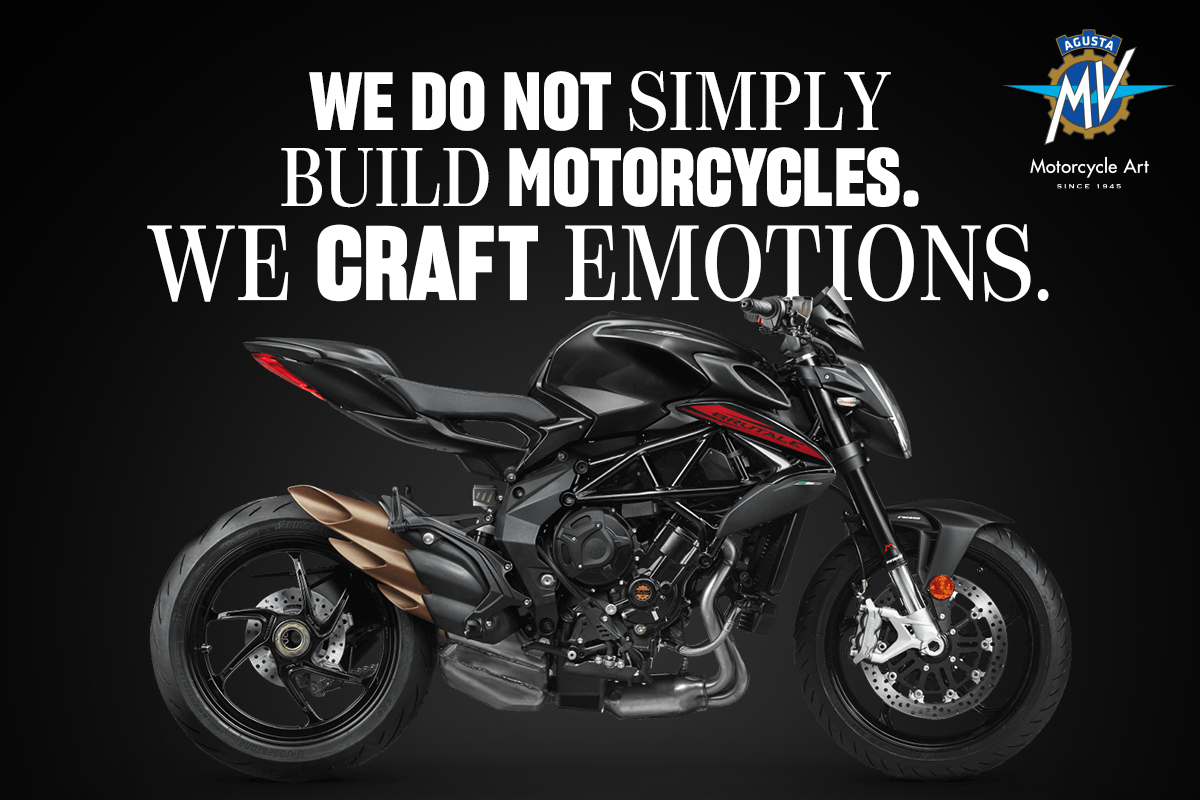
This is the last Lotus of its kind.
The Emira is the brand’s latest sports car and will be its final model powered by an internal combustion engine. The brand’s future is a stark contrast to its past – electric, luxurious and large – so for Lotus aficionados this is the end of an era.
But before I tell you about the Emira, I need to give you a quick history lesson so you can understand where Lotus is now, as a brand, and how it got there.
Colin Chapman and Enzo Ferrari are two of the most famous names in both the automotive and motor racing worlds – but the car companies that they created have endured very different fortunes.
READ MORE: Review – Lotus Emira V6
Ferrari has gone from strength to strength and now builds just as many cars as it needs to to satisfy an unrelenting demand from enthusiasts and collectors around the world. It is one of the world’s most successful and profitable car makers with no end to its dream run in sight.
Lotus, on the other hand, has endured a tumultuous time since the 1980s with the brand going through multiple hands – including General Motors and Proton. Since 2017 it has been owned by Chinese automotive giant Geely, putting it under the same umbrella as Volvo, Polestar, Zeekr, Lynk & Co and more.
READ MORE: Why Lotus is abandoning its past

On the plus side, Geely is investing billions into Lotus to turn it into a major global luxury-performance brand. But that will come at the expense of the brand’s historic DNA – lightweight, petrol-powered sports cars.
Which brings us back to the Emria. Which is Geely’s send-off for Lotus tragics, bringing together all of the knowledge it has gained over the decades with iconic models like the Elan, Esprit and Exige to create its swansong of petrol-powered pleasure.
READ MORE: Lotus Eletre revealed – the electric future of the British brand
The Emira has been on sale in Australia for more than a year, featuring the same Toyota-sourced 3.5-litre V6 that has served the company well in the last two decades. But recently the brand’s local arm introduced a new model, this time powered by a Mercedes-AMG 2.0-litre turbocharged four-cylinder.
We’re driving the Emira First Edition, which offers a more premium specification for its $206,000 asking price. That puts it in direct conflict with the Porsche 718 Cayman, but well below what Enzo’s company offers (as well as the most affordable McLaren and Maserati sports cars too).
Which is precisely where Lotus should be competing, because even though Lotus has a rich on-track history with Ferrari, on the road it’s Porsche that presents the most direct threat. Both brands pride themselves on their dynamic capabilities over pampering and technology.

However, from the moment you climb aboard the Emira it’s clear that this was designed to set a new agenda for the brand. Gone are the spartan, bare-essentials cabins of the past and in its place is a well-presented and premium cockpit that makes the Emira feel like something new for the brand.
READ MORE: Jenson Button launches the all-new Lotus Emira
Press the starter button to fire up the AMG engine and it immediately feels like a car built to go fast. It’s not a pleasant exhaust burble, but it sounds purposeful and underlines the intent of the Emria. While the engine and eight-speed dual-clutch transmission are built by Mercedes, the tuning is done in-house by Lotus. That’s why it makes 268kW of power and 430Nm of torque, which is short of the 310kW/500Nm that Mercedes offers in the AMG A45.
But one thing both the German and British versions of this powertrain have in common is a dislike of going slowly. Around town the Emira feels jerky and slow to react at times, which is far from ideal. However, get out on the open road and adjust the drive mode to ‘Sport’ and the Emira and its engine feel perfectly at home.
This is the result of decades of engineering knowledge Lotus has acquired and now applied into this final car of its kind. Lotus was never famous for having the most powerful cars or the most luxurious, it was all about how well they handled. The Emira is definitely a car from that mould, offering the driver a direct and meaningful connection to the road.

The steering is fantastically responsive and accurate, the ride is firm but provides excellent control and allows for lightning fast changes of direction and the tyres hang on with security through each corner.
As for the engine, it feels great when driven hard and the gear changes punch through with more clarity when driven quickly. It has good performance, but doesn’t feel wildly fast like a more serious supercar.
But that’s actually very much ‘on brand’ for Lotus, it has never built the fastest, most powerful supercars. Instead it has focused on creating cars that reward drivers and make every twisty road feel like a racetrack – and that’s what the Emria does.
The new era of electric Lotus will likely not appeal to the same buyers who desire the Emira, but for the core fans of Lotus’ DNA it proves to be a worthy swansong.












Discussion about this post